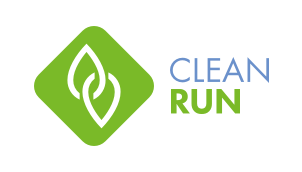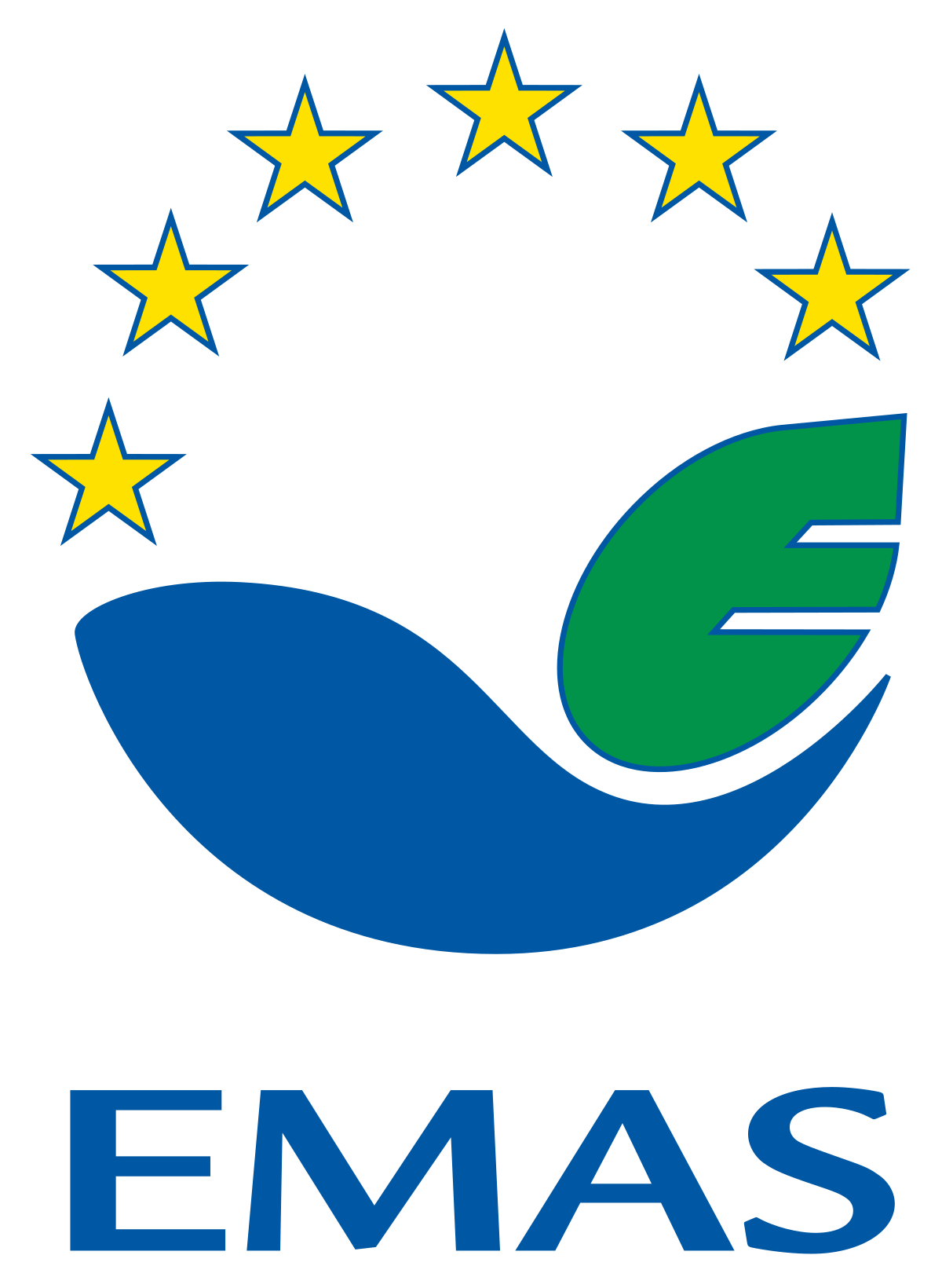What does sustainable paper production mean?
Producing any product requires resources, such as raw materials, energy and people. When these resources are not used in the most efficient way, the consequences are what we know as waste and emissions and the production of products which can have a significant environmental footprint.
Papermaking is no exception. In the paper industry, the aim is to ensure that the production of paper conserves valuable resources and doesn’t place unnecessary burden on the environment by impacting air quality, affecting water resources, or generating waste. It’s also about ensuring safe working conditions for workers and delivering safe products to our customers.
Good for the environment – good for business
The pursuit of producing paper sustainably isn’t only driven by eco-consciousness, it’s also business common sense. Waste and inefficiency are major causes of costs – which means that sustainability is not only good for the environment, but also good for business.

